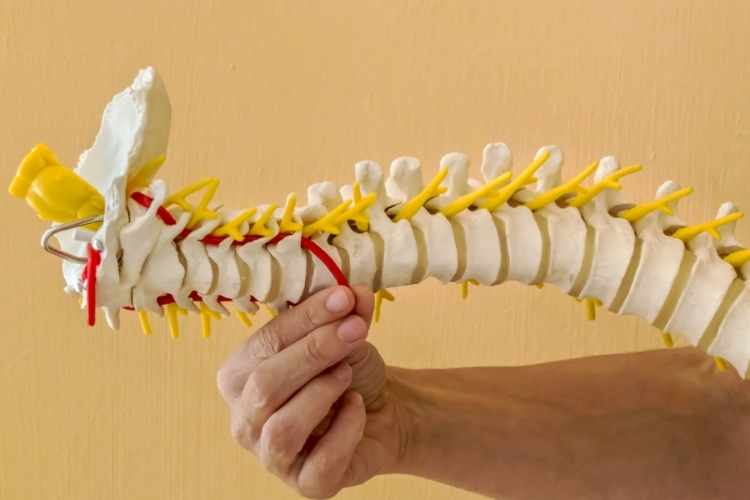Your risk of developing spinal stenosis increases as you age, although it can also occur in middle-aged and young adults. Apex Spine and Neurosurgery can relieve your symptoms and improve the quality of your life by offering minimally invasive Roswell spinal stenosis treatments.
What you should know about spinal stenosis
Spinal stenosis manifests when the space in your backbone narrows, exerting pressure on your spinal cord and the nerves in your spine. This disorder often occurs in the neck and the lower back. Wear and tear due to arthritis is the most prevalent cause of spinal stenosis. If you have severe spinal stenosis, your doctor may recommend surgery to widen the space in the spine.
The procedure relieves the symptoms of pinched nerves and the pressure on your spinal cord. However, surgery doesn’t cure arthritis, so you may continue experiencing arthritis pain in your spine. You may develop the disorder following an injury. However, it is often due to spondylolisthesis (slipped vertebra), thickened ligaments, bone spurs, herniated discs, degenerative disc disease, and facet joint arthritis.
Symptoms indicating spinal stenosis
Most people with spinal stenosis rarely experience any painful symptoms. However, when the symptoms are present, they progressively worsen over time, and their severity depends on the affected part of the spine. Depending on the affected part, a compressed nerve in the spine can lead to excruciating pain that radiates into your legs or arm. Sciatica is the most common disorder due to the compression of the sciatic nerve, leading to sharp stabbing pain down one leg. Symptoms indicating spinal stenosis include hand weakness, pain in your back or neck, fatigue or pain in your legs or arms, leg cramping, and difficulty walking. This disorder can occur anywhere in your spine, especially in the lower back.
Diagnostic techniques for spinal stenosis
During your appointment at Apex and Neurosurgery, your provider reviews your medical history, discusses your symptoms, and completes a thorough physical exam. Your doctor may press different spine areas to determine your pain source. You may also have to be in different directions to determine if specific positions cause other symptoms. The team may also order additional diagnostic equipment such as MRIs, X-rays, and CT scans to diagnose accurately.
Different treatment options for spinal stenosis
Your treatment relies on the root cause, the severity of your symptoms, and the location of the trigger. The specialists at Apex Spine and Neurosurgery may initially recommend conservative treatment options before moving on to more aggressive treatments. They may suggest posture correction, activity modification, anti-inflammatory, and epidural steroid injections relieve the symptoms.
If your symptoms don’t respond to the treatments, your doctor may suggest surgery to correct the problem. For instance, you may need a microdiscectomy or a discectomy to treat degenerated or herniated discs or remove bone spurs. Your physician may recommend additional procedures for optimal spinal decompression.
To explore more about the treatments of spinal stenosis, call the Apex Spine and Neurosurgery office or use the online booking to make an appointment.

